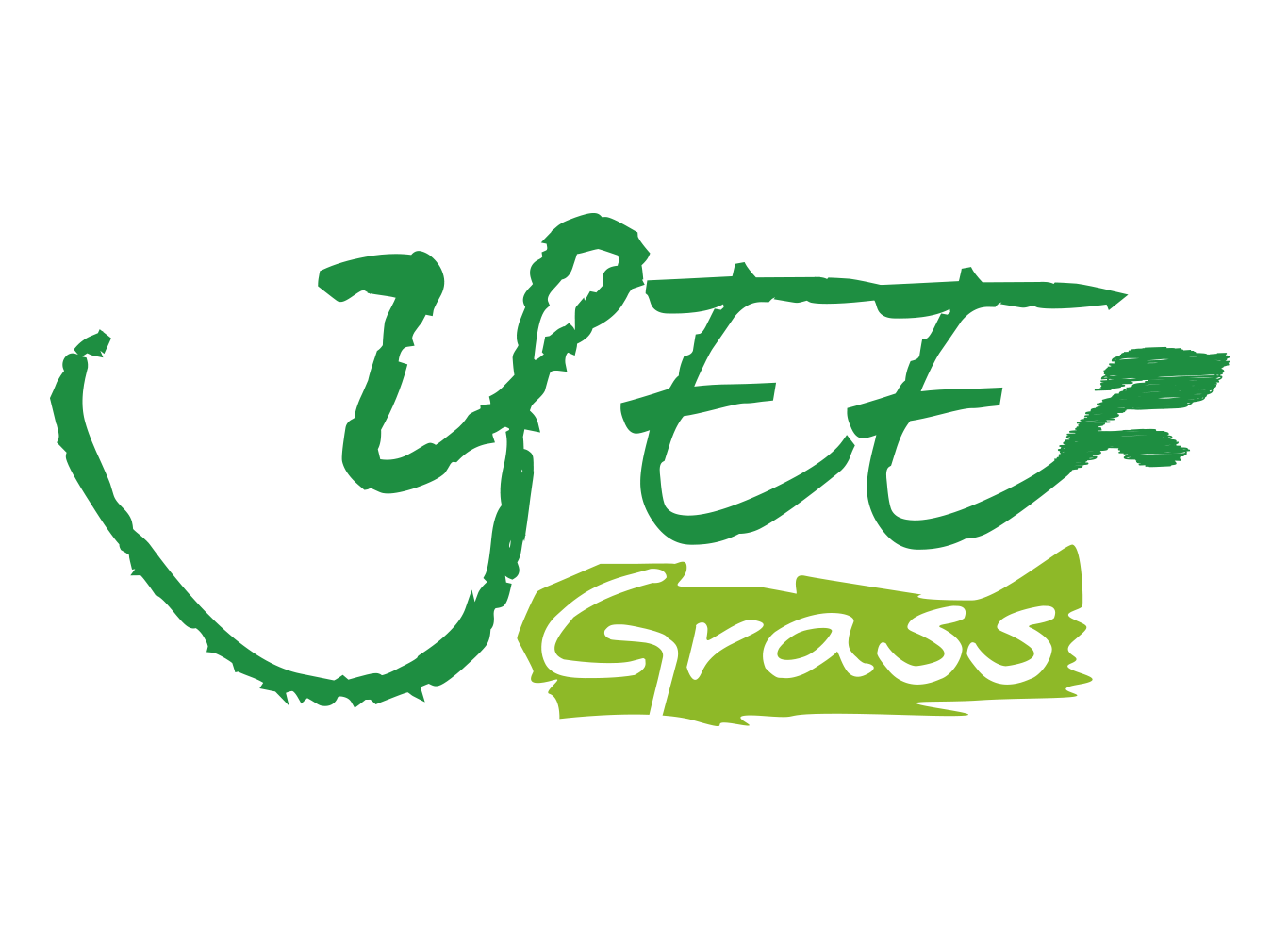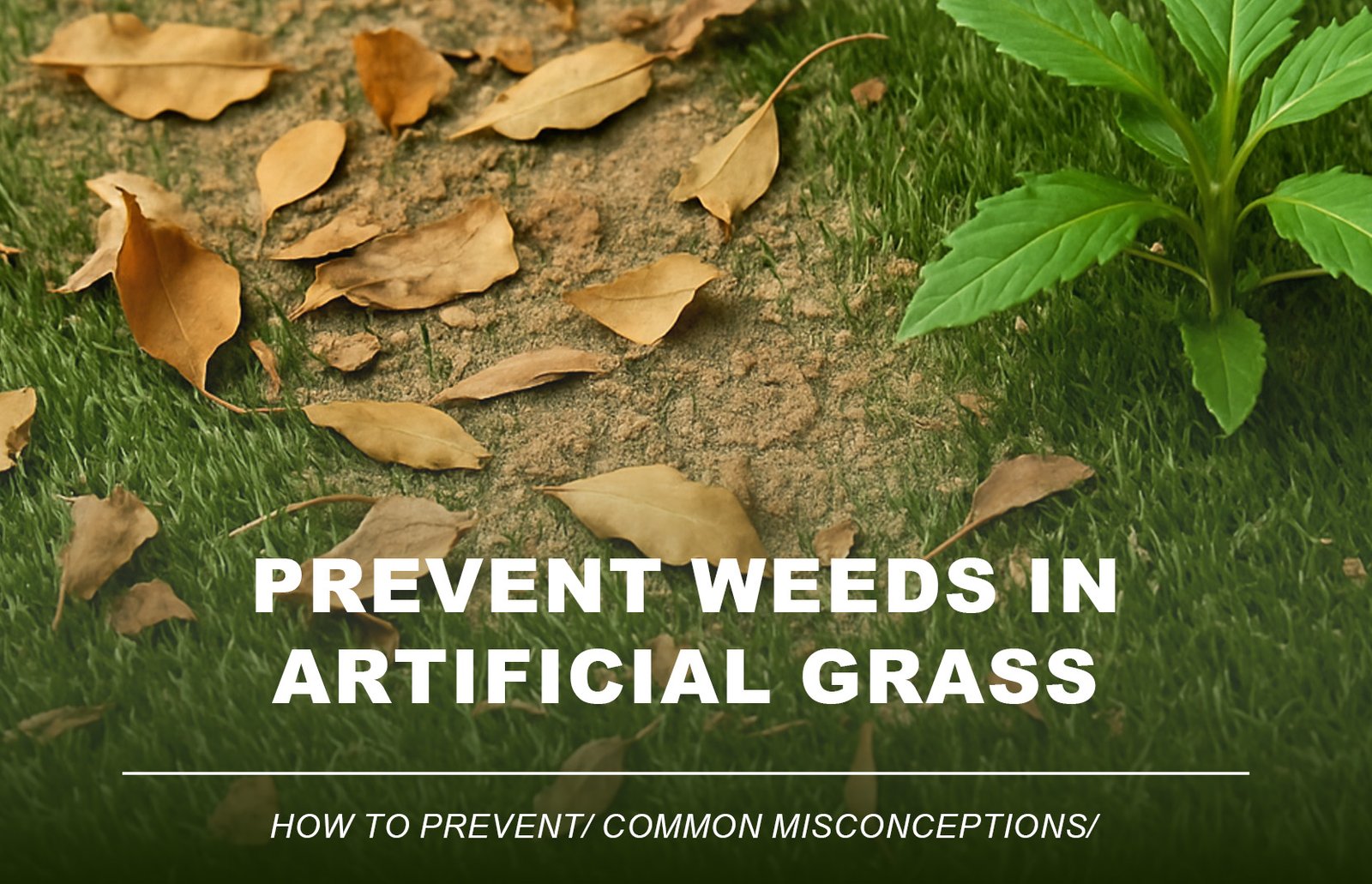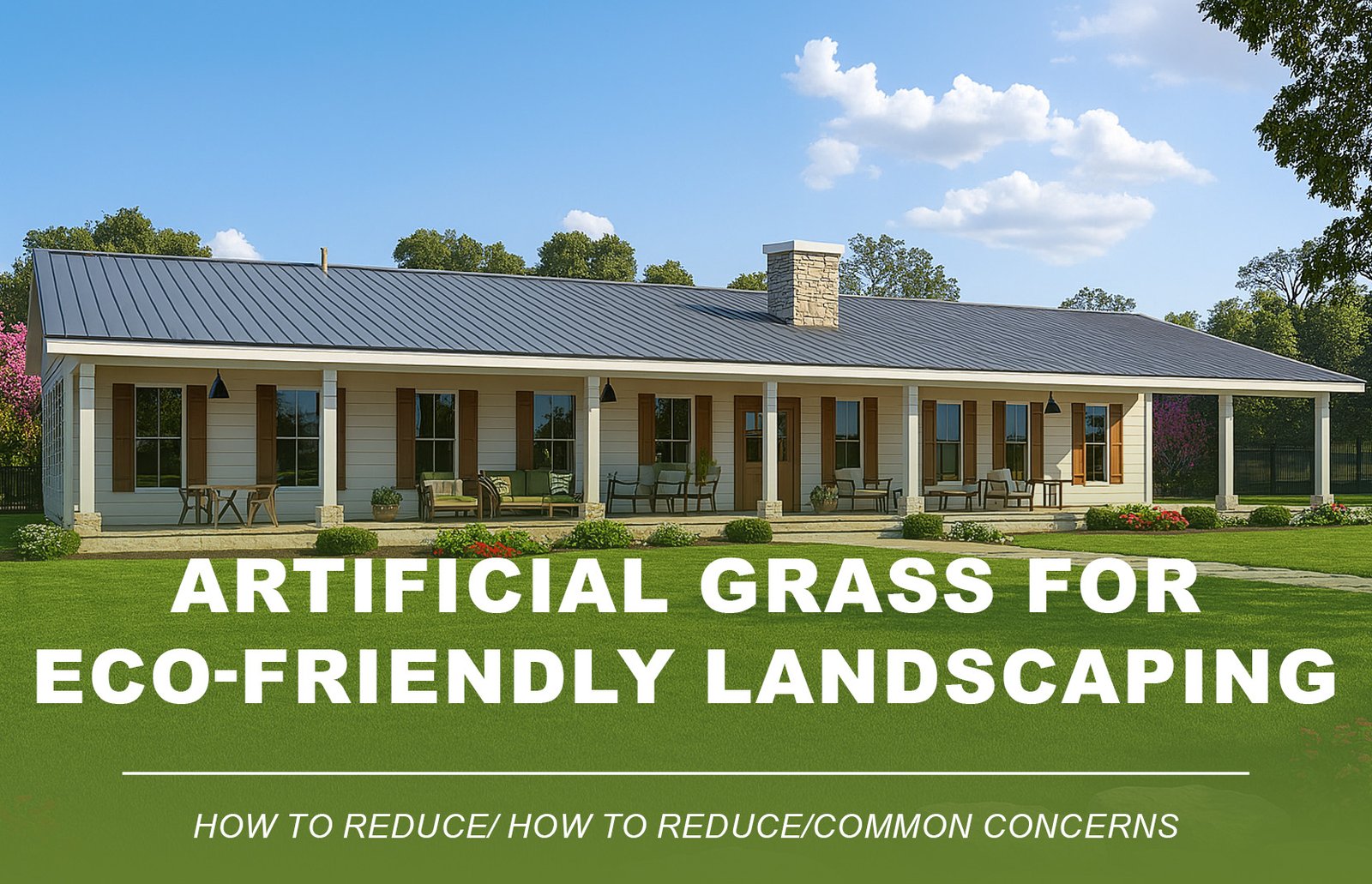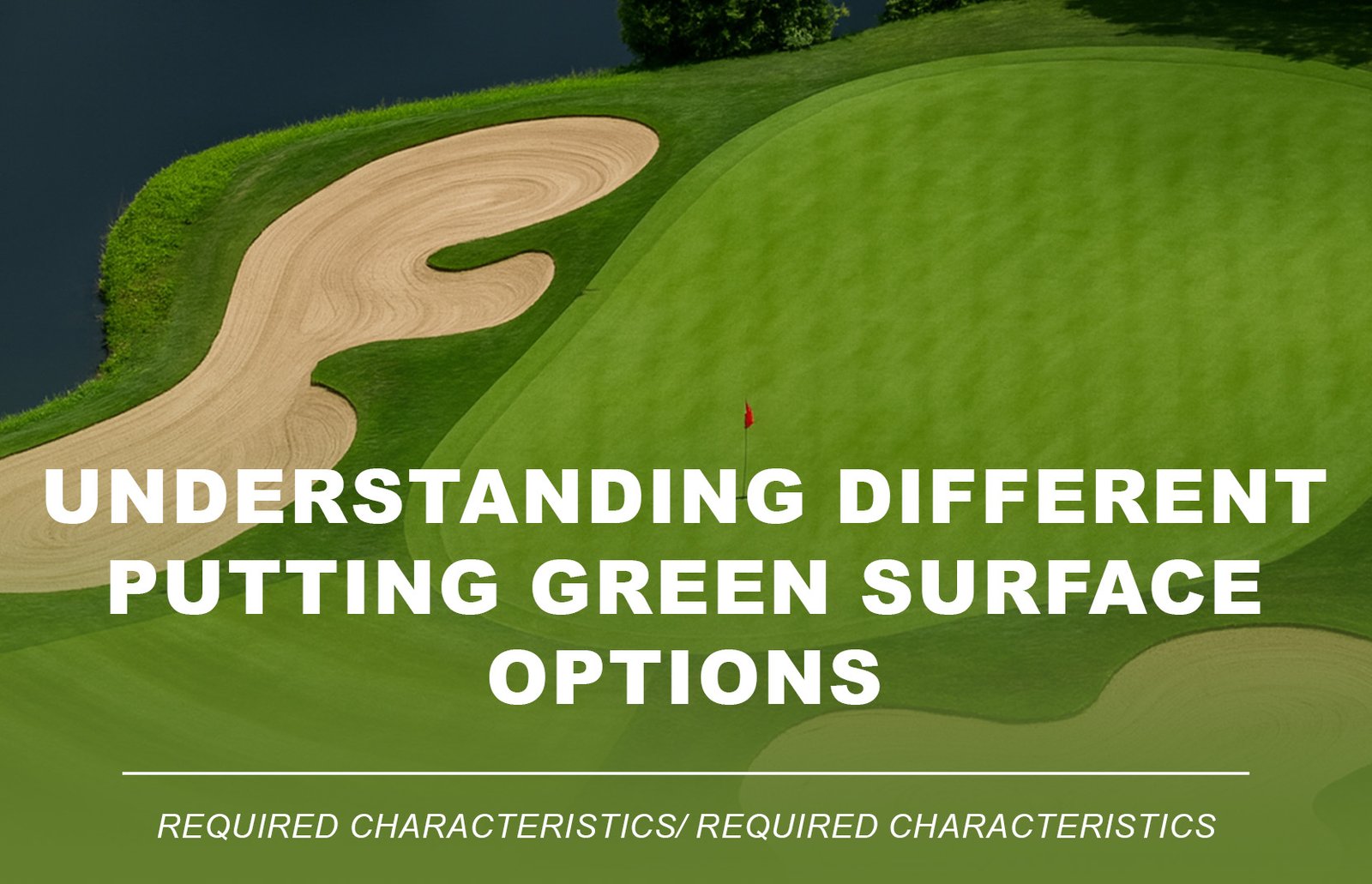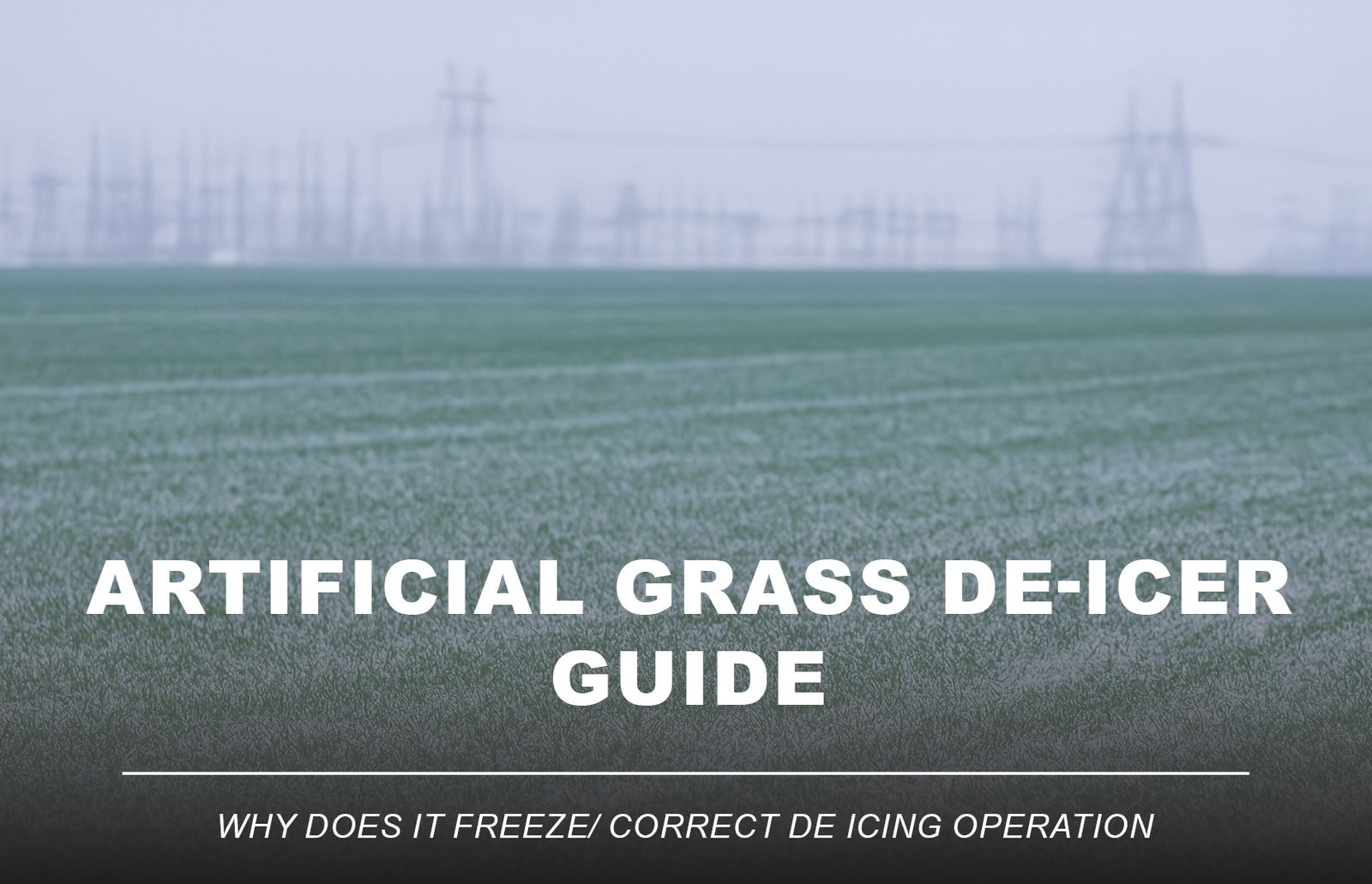
Worried about your artificial turf during hurricane season? In this guide, we’ll explain how hurricane-resistant artificial grass performs in extreme wind conditions, what installation techniques improve turf wind resistance, and how to reinforce your lawn before a storm hits.
1.Can Artificial Grass Withstand a Hurricane?
If you live in a coastal or high-wind zone, you’ve probably asked:
Can artificial grass withstand hurricanes?
Will synthetic turf be torn, blown away, or ruined by high winds?
The answer is yes — when installed correctly, artificial grass can handle hurricanes.
Modern wind-resistant artificial turf systems use advanced materials and secure installation methods to stay in place, even during storms and tropical weather.
2.Key Benefits:


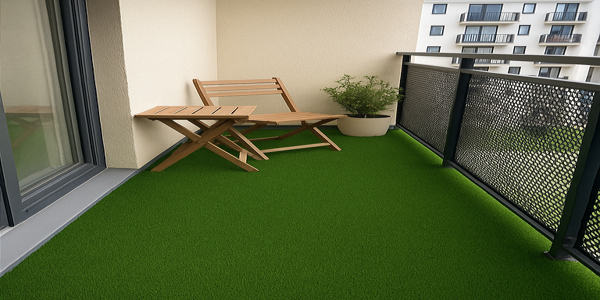

- Artificial grass doesn’t erode like natural sod
- No mudslides, bare patches, or root exposure after heavy rain
- Turf blades resist tearing and fading under strong winds
- Integrated drainage systems prevent uplift and pressure buildup
3.What Affects Artificial Grass Wind Resistance?
To determine how well synthetic turf stands up to storms, consider the following factors:
(1)Backing Strength & Turf Adhesive

Use artificial turf with PU or SBR double-layer backing for structural stability. Apply high-quality turf adhesive on seams to prevent peeling during storms.
(2)Turf Base & Anchoring Method

A hurricane-resistant system begins with a compacted base:
- Crushed rock or decomposed granite for stormwater drainage
- Concrete curbs or U-pins to anchor the turf securely
(3) Edge Fixing & Seam Reinforcement

Wind typically lifts turf from edges or seams. Secure the perimeter with:
- U-pins every 20–30 cm
- Seam tape + high-adhesion glue
- Perimeter boards or composite edging for windproof installation
(4)Turf Area Size & Exposure
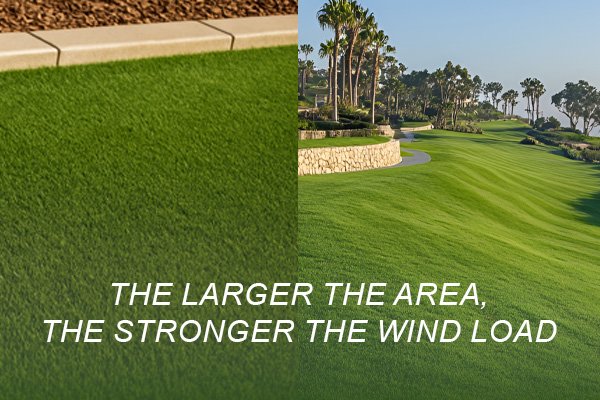
Larger, more exposed areas face higher wind loads. Divide zones and reinforce turf in open storm-prone areas
4. How to Reinforce Artificial Grass Before a Hurricane
To protect your synthetic lawn in high-wind zones, take these hurricane prep steps:




- Inspect turf seams, edges, and corners for signs of lifting
- Weigh down turf edges with planters, sandbags, or pavers
- Clear loose garden items that could damage turf on impact
- Check that the artificial grass drainage system is functioning
5.Artificial Grass vs Natural Grass in Storm Conditions
| Feature | Artificial Grass | Natural Grass |
| Hurricane Resistance | ✅ High, if reinforced | ❌ Easily damaged by erosion |
| Drainage | ✅ Fast, via perforated backing | ❌ Poor drainage in heavy rain |
| Post-Storm Repair | ✅ Minimal (brushing or rinse) | ❌ May require full re-sodding |
| Durability Over Time | ✅ 5–10 years with low maintenance | ❌ Weakened by repeated flooding |
6.Best Use Cases for Hurricane-Resistant Artificial Grass
If you’re in an area prone to hurricanes, these applications are ideal for storm-resistant turf systems:

Coastal homes exposed to seasonal storms

Rooftop gardens and balconies facing strong winds

Schools, playgrounds, and recreational areas in typhoon regions
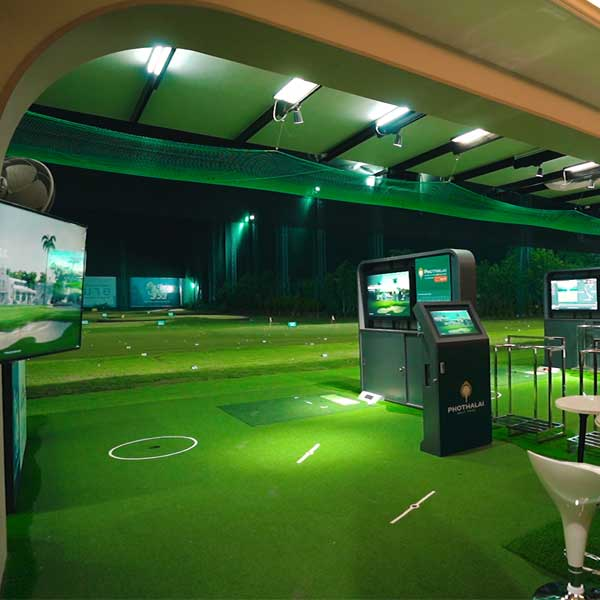
Commercial landscapes needing durability year-round
7.Final Thoughts: Yes — Artificial Grass Can Survive Hurricanes
With the right installation, artificial grass in coastal regions is a secure, long-lasting, and storm-ready solution.
By using wind-resistant synthetic turf, reinforced seams, anchored edges, and drainage-smart sub-bases, your lawn can remain intact—even in Category 4 hurricane winds.
Want peace of mind during storm season? Choose hurricane-proof artificial grass systems designed for your local weather conditions.
Get in touch today and secure a lawn that stays beautiful — no matter the weather.
